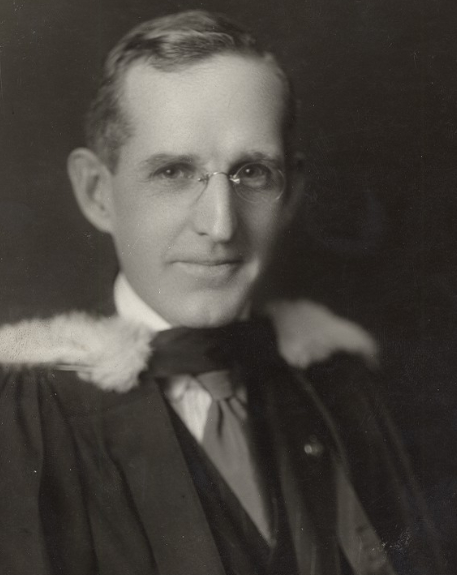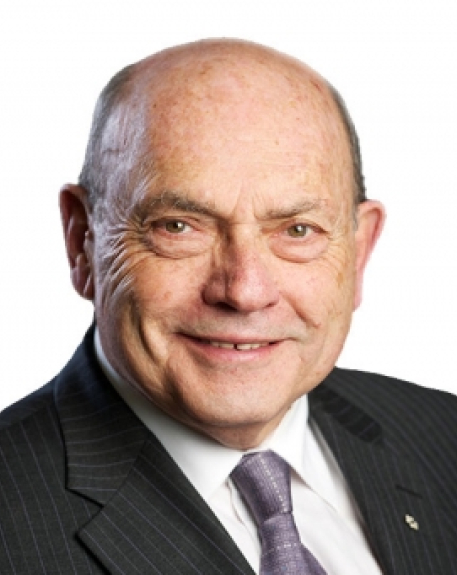1995 INDUCTEE Michael Smith, PhD Cells, Genetics & Genomics, Leadership in Organizational Development
April 26, 1932
(Blackpool, England)
October 5, 2000
PhD, University of Manchester (1956)
2005: Opening of the Smith-Yuen Apartments in Vancouver
2004: University of Manchester named its new biological sciences research centre the Michael Smith Building
See All AwardsAwards & Honours:
2005: Opening of the Smith-Yuen Apartments in Vancouver
2004: University of Manchester named its new biological sciences research centre the Michael Smith Building
2004: Canada's Michael Smith Genome Sciences Centre named in his honour
2004: UBC Biotechnology Laboratories was renamed the Michael Smith Laboratories
2004: Biography No Ordinary Mike published
2001: Michael Smith Foundation for Health Research founded
1999: BC Biotechnology Award for Innovation and Achievement
1995: Companion of the Order of Canada
1994: Golden Plate Award, American Academy of Achievement
1994: UBC Peter Wall Distinguished Professor of Biotechnology
1994: Principal Award, the Manning Innovation Awards Foundation Prize
1994: Order of British Columbia
1993: Nobel Prize in Chemistry
1992: Flavelle Medal, Royal Society of Canada
1989: Canadian Federation of Biological Societies G. Malcolm Brown Award
1988: Genetics Society of Canada Award of Excellence
1986: UBC Killam Research Prize
1986: Gairdner Foundation International Award for Chemistry
1986: Fellow of the Royal Society of London
1986: Elected a Fellow of the Royal Society (FRS) of London
1984: Science Council of British Columbia Gold Medal
1981: Canadian Biochemical Society Boehringer Mannheim Prize
1981: Fellow of the Royal Society of Canada
1977: UBC Jacob Biely Faculty Research Prize
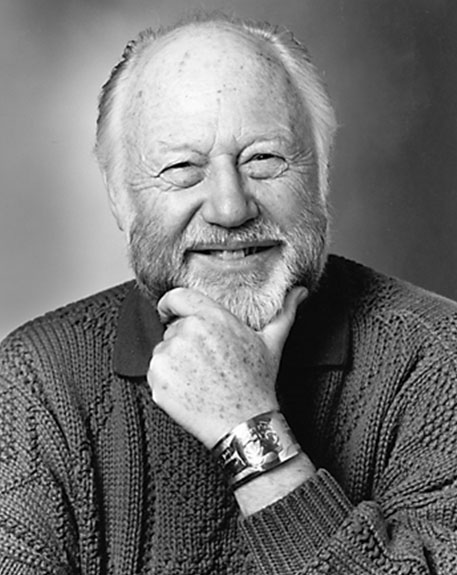
Developed a technique to alter the genetic structure of proteins
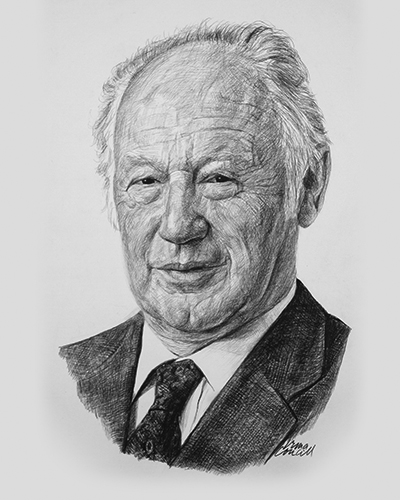
One of the world’s leading molecular biologists
In the early days of the genetics revolution Michael Smith developed a critical technique that has become central to the field of genetic engineering known as site directed mutagenesis, the deliberate and predictable altering of the coding sequence of genes. His technique of manipulating DNA became a fundamental tool in biotechnology and facilitated the proliferation of genetic studies. This genetic research has found many applications and advanced many subfields of science and medicine. For his contributions, Michael Smith was awarded the Nobel Prize.
Key Facts
Facilitated our understanding of the functional role of each building block of protein
Founded ZymoGenetics Inc, a biotechnology company
Spoke publicly about the misconceptions surrounding genetic engineering
Emphasized the importance of science and discovery to the health and daily lives of Canadians
Used his Nobel Prize money to establish an endowment to support genetic research on schizophrenia, science outreach and the advancement of women in science
Professional timeline
Impact on lives today
Today, Michael Smith’s innovation remains a standard technique in biotechnology and has significantly advanced the study of gene-related illnesses. In addition, his investment in science infrastructure continues to support cutting edge research in British Columbia through institutions such as the Michael Smith Laboratory and the Michael Smith Genome Centre. As a champion of scientific research to Canadian political and policy leaders, Smith’s legacy will continue to be felt across the country for many years to come.
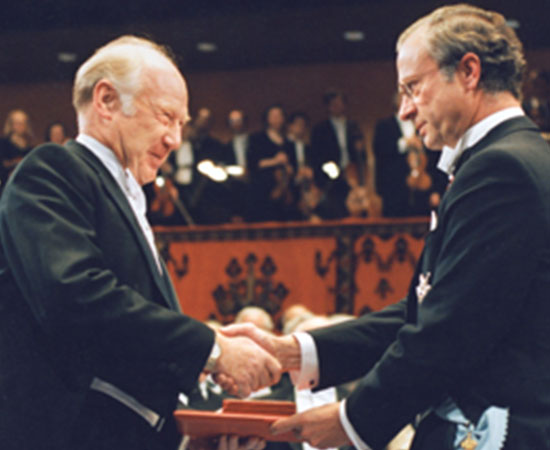
2000
-

Following his death, the BC government created the Michael Smith Foundation for Health Research
The Foundation honours Smith’s legacy as a leading molecular biologist and supports innovative research in science.
-
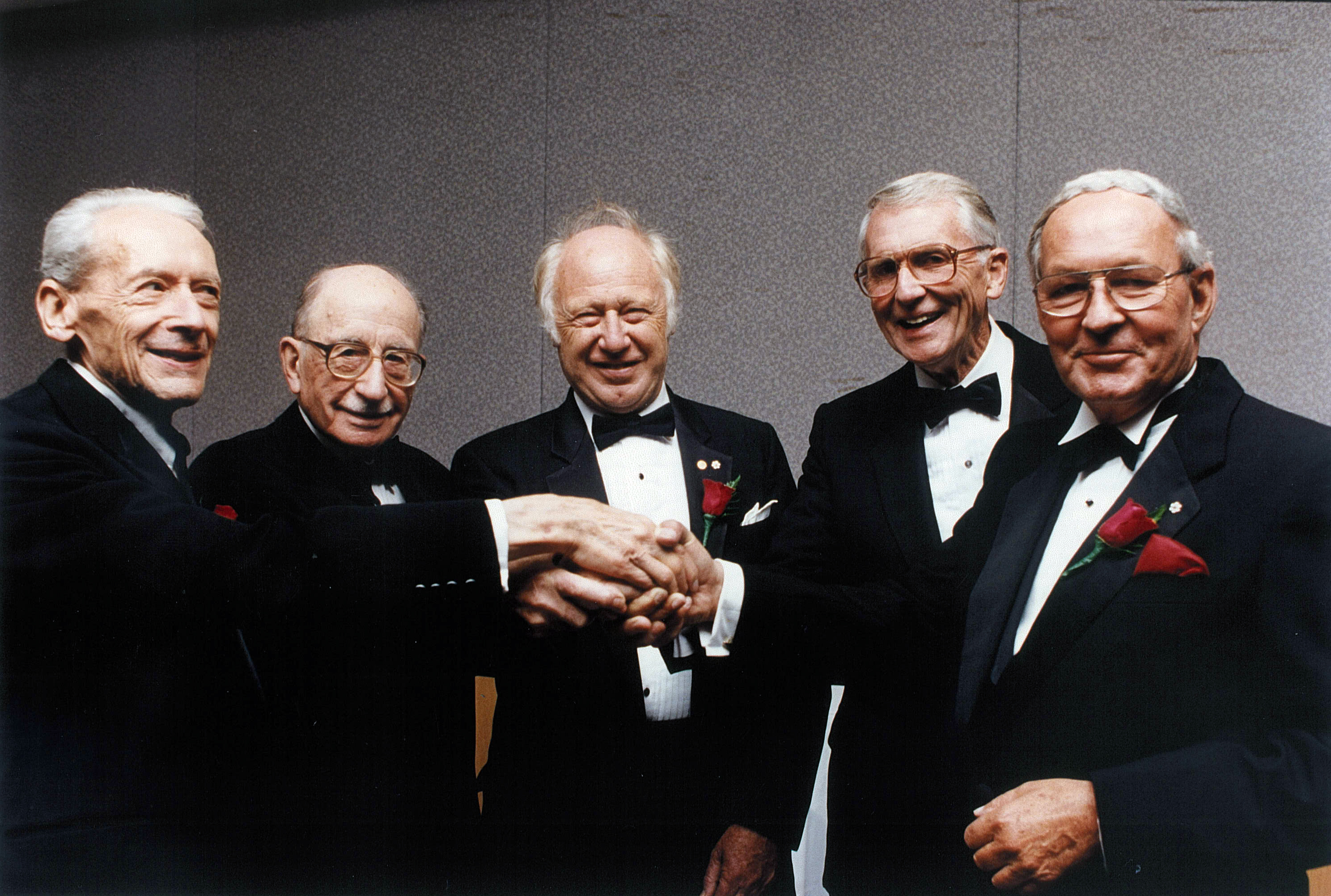
Michael Smith inducted into the Canadian Medical Hall of Fame
Pictured L-R: Inductees Charles Leblond MD, Herbert Jasper MD PhD, Michael Smith PhD, Henry Barnett MD, Robert Salter MD at ceremony in London, Ontario
-
For his fundamental contributions to developing site-directed mutagenesis and its substantial impact on science, Smith was awarded the Nobel Prize in Chemistry
He accepted this award jointly with Dr. Kary B. Mullis.
-
Appointed by the newly founded National Network of Centres of Excellence in Protein Engineering as their Scientific Leader
Cells, Genetics & Genomics, Leadership in Organizational DevelopmentSmith brought together scientists from across Canada to work on solving important questions in protein structure-function analysis.
-
Invited by the Dean of Science at UBC to establish an interdisciplinary institute
Smith became director of UBC’s new Biotechnology Laboratory.
-
Dr. Michael Smith focused his research on the human genome and on developing methods to sequence DNA molecules called oligonucleotides
Cells, Genetics & GenomicsHe pioneered a critical technique known as site-directed mutagenesis, which involved the deliberate and predictable altering of the coding sequence of genes.
-

Accepted a position at the University of British Columbia
Health and Medical Education & TrainingHe became a professor in the Department of Biochemistry and held an honorary professorship in the Department of Zoology.
-
Following his education, Smith managed the Chemistry Division of the Fisheries Research Board of Canada’s laboratory in Vancouver
Leadership in Organizational Development, Cells, Genetics & GenomicsIn this unique role, he conducted studies on the behavioural habits of salmon. Remaining grounded in his interest in biochemistry, Smith also conducted studies involving the synthesis and sequencing of nucleic acid.
-
Came to Canada to pursue further research
Cells, Genetics & GenomicsDuring his postdoctoral work, he came under the influence of future Nobel laureate Dr. Har Gobind Khorana and developed an early passion for molecular biology and genetics.
-

Began his doctoral research at the University of Manchester under the supervision of H.B. Henbest
The focus of his study was cyclohexane diols.
1953
He developed a technique that became central to the field of genetic engineering.

